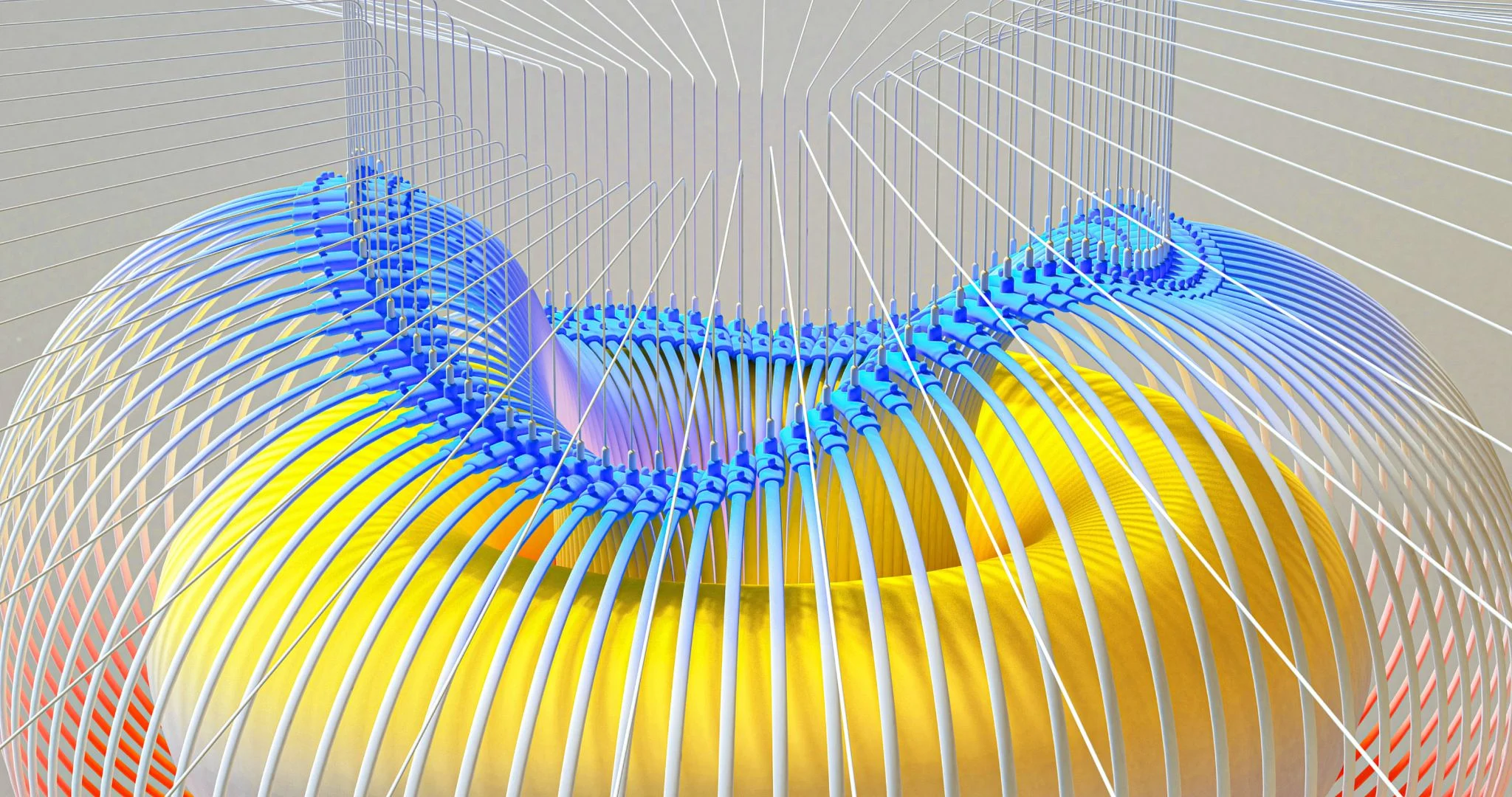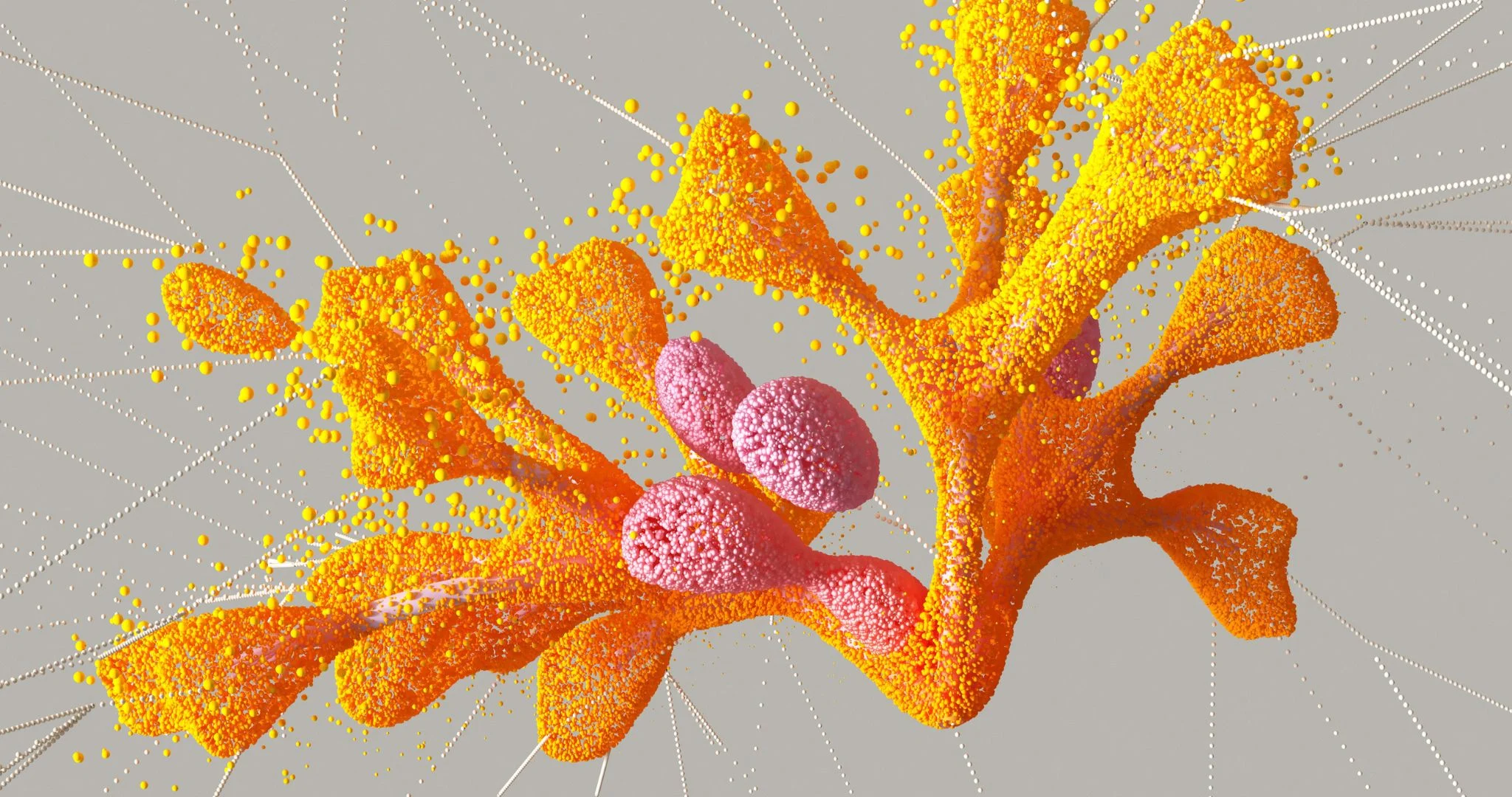Back to Blog
ChatGPT Is Reshaping the Economy. Here's What It Means for NFTs

Virginia Valenzuela
Apr 10th, 2023
.4 min read

In the last 10 years, artificial intelligence programs have become a part of our everyday lives. Social media algorithms show us content that we love. Virtual assistants like Alexa and Siri answer our questions so we can remain hands-free. And AI even tracks our writing in documents and emails to check for grammar and spelling mistakes.
But this year, AI is reaching unprecedented levels of profundity. AI art tools have inspired artists and non-artists to play a part in the future of augmented production. And text-generating tools like ChatGPT, Jasper, copy.ai, and many more have helped people write content in new and interesting ways.
We’ve heard a lot about how this affects the world in general, but it has also had surprising effects in the world of Web3.
What is Chat GPT?
Chat GPT is an artificial intelligence chatbot that was released by OpenAI in November 2022. Since then, it's become an anchor for conversations about technology, work, and education. The program promises to revolutionize the way we interact with information online.
Users can write commands into the prompt, and receive concise information written in clear language.
How does Chat GPT work?
Chat GPT is powered by OpenAI’s natural language processing technology. It can rapidly generate answers and other content based on user input, allowing it to quickly search through digital information to provide a relevant response. This means that instead of manually searching websites and databases for the right answer, ChatGPT can do it for you in seconds flat.
Who created ChatGPT?
OpenAI, the creators of ChatGPT and DALL-E, was founded by Elon Musk, Sam Altman, Peter Thiel, Ilya Sutskever, Jessica Livingston, and Linkedin Co-Founder Reid Hoffman. In addition to this tour of tech force, the company also received funding from the likes of Microsoft, Vanguard Group, Black Rock, and Elon Musk.
How can Chat GPT help with your NFT project?
Chat GPT can be a great tool for people who are not comfortable with their writing skills. With its natural language processing technology, ChatGPT can generate content quickly and accurately, allowing artists to create blog posts, articles, and other written materials in no time at all. This means that they can spend less time worrying about explaining their work to others and more time focusing on the creative aspects of their work.
Chat GPT can also be a great asset for artists who are preparing grant applications. Using natural language processing technology, ChatGPT can quickly generate personalized grant proposals that are tailored to the needs and requirements of each grantor. This saves artists time and effort in researching potential funding sources and writing multiple applications, allowing them to focus more on their art and less on the paperwork.
Moreover, ChatGPT has a number of applications. From helping people to keep a pulse on breaking NFT news, to allowing artists to rapidly generate both audio files and visuals.
How to use Chat GPT to mint an NFT
Some developers have started building dApps that can use ChatGPT to mint contracts directly onto the blockchain. Those interested can either create their own dApps, or borrow one from Github. With the relevant frontend and backend scripts, you could create NFTs directly from your Chat GPT outputs.
Chat GPT and NFT gaming
The NFT Gaming Company recently announced that it started using ChatGPT and MidJourney to develop its portfolio of AI-based games. ChatGPT enables the company to leverage pre-trained language models to offer players more realistic and engaging interaction. Then, Midjourney generates images from natural language descriptions, allowing gamers to have unique experiences with each game.
These features will encourage players to have truly unique experiences as they move through these games. Further, players will be able to mint unique in-game features, like skins, characters, and experiences, in the form of NFTs.
Chat GPT and search
Unlike traditional search engines, ChatGPT quickly identifies what you’re looking for and provides a relevant answer. So instead of scanning through pages of web results to find what you need, ChatGPT can provide a single answer in mere seconds.
This is huge news for the tech industry, and could have far-reaching implications for online businesses everywhere. By providing fast and accurate answers to users’ questions, ChatGPT eliminates the need for traditional search engines powered by advertising models, and instead incentivizes companies to monetize their products and services with NFTs and other blockchain-based offerings.
Many people in crypto have assumed that NFTs will go mainstream thanks to their own intrinsic value. However, it's quite likely their rise will be pushed forward out of necessity instead.
Is this real or is this hype?
Crypto is an unending string of hype cycles, to be sure, but AI seems to have a much deeper hold than some of its earlier cycles. Unlike the metaverse, NFTs, and other areas of Web3, AI does not rely on market conditions to survive. AI has become extremely ubiquitous at breakneck speeds, and it's highly unlikely it will fall into obscurity.
People might have mixed feelings about what this means for humanity and society. But one thing's sure: NFTs and Web3 technologies are becoming more important than ever to the future of business, art, work culture, productivity, and humanity itself.
Related Posts

NFT Debates: Is AI-Generated Art Better Than Traditional Art?
Are AI algorithms better at art than humans alone? It's time to jump into t...

Eric Esposito
Apr 6th, 2023

Top 10 AI Generated Art Tools: From Midjourney to ChatGPT, and More
A curated list of AI art tools to add to your creative process, from DALL-E...

Virginia Valenzuela
Apr 5th, 2023

AI Tools Can Help Detect Fake NFTs. Here's How
More NFT markets are turning to AI tools to combat the rise in NFT copymint...

Eric Esposito
Apr 3rd, 2023